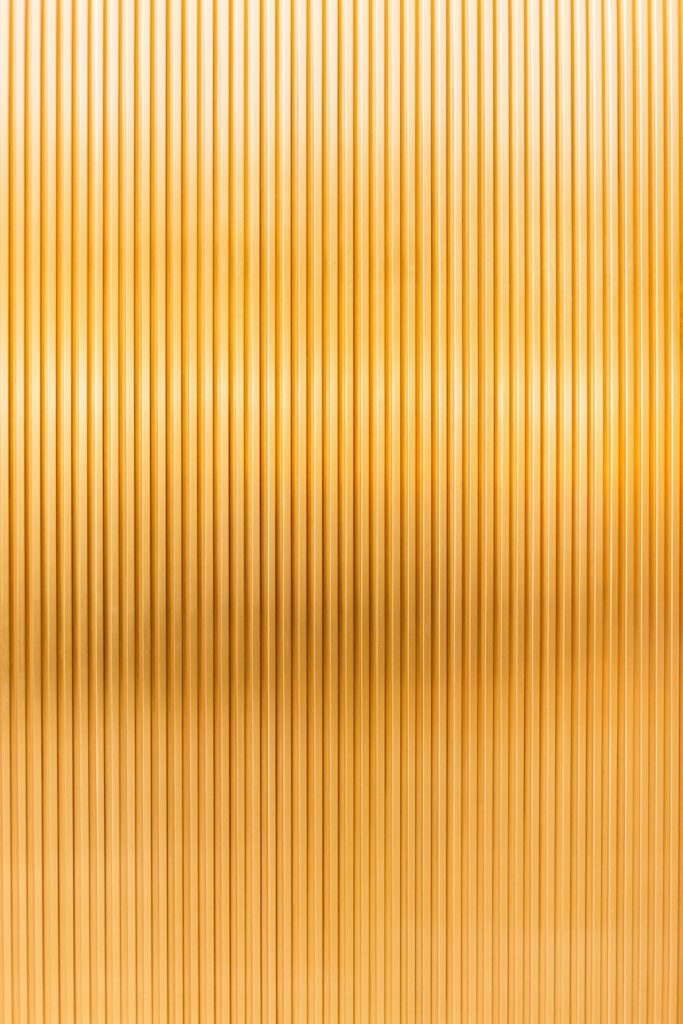Mastering the Art of Cleaning Clams
Are you ready to embark on a culinary adventure and bring the flavors of the ocean into your kitchen? Cleaning clams may seem like a daunting task, but with the right technique and a little know-how, you can easily master this essential skill and enjoy fresh, delicious clams in your favorite recipes.
Understanding the Importance of Cleaning Clams
Before delving into the process of cleaning clams, it’s important to understand why this step is crucial. Clams are filter feeders, meaning they obtain their food by filtering water to trap particles of plankton and other nutrients. As a result, they can accumulate sand, grit, and other impurities inside their shells. By thoroughly cleaning clams, you not only remove any unwanted debris but also ensure that they are safe to eat and free from any potential contaminants.
Surprising Statistics
Did you know that a single clam can filter up to 20 gallons of water in a day? This incredible filtration ability makes clams one of the most efficient natural purifiers in the ocean.
The Cleaning Process: Step by Step
Now that we understand the importance of cleaning clams, let’s dive into the step-by-step process to ensure that your clams are fresh and ready to be transformed into a delectable dish.
1. Soaking
Start by placing the clams in a large bowl of cold water. Adding salt to the water can help simulate the clams’ natural environment and encourage them to expel any sand or grit within their shells. Let the clams soak for 20-30 minutes.
2. Scrubbing
After soaking, take the clams out of the water and scrub the shells with a brush to remove any dirt or debris. Pay special attention to the ridges and crevices where grit may be trapped.
3. Inspecting
As you scrub each clam, inspect the shell for any cracks or chips. Discard any clams with damaged shells, as they may be compromised and unsafe to eat.
4. Rinsing
Give the clams a final rinse under running water to wash away any remaining particles or salt.
Incorporating Clean Clams into Your Culinary Creations
Now that you’ve mastered the art of cleaning clams, it’s time to put them to use in your kitchen. Whether you’re preparing a classic linguine alle vongole or experimenting with a new recipe, fresh clams can elevate your dishes with their briny-sweet flavor and tender texture.
How-To: Cooking with Clean Clams
– Classic Linguine alle Vongole: Sauté garlic and red pepper flakes in olive oil, add cleaned clams, white wine, and chopped parsley, then toss with al dente linguine for a simple yet elegant dish.
– Clam Chowder: Combine clean clams, aromatic vegetables, broth, and cream for a comforting and hearty soup that showcases the natural sweetness of the clams.
Bringing the Ocean to Your Table
Incorporating fresh clams into your cooking not only introduces a new range of flavors to your palate but also allows you to appreciate the ocean’s bounty from the comfort of your home. By mastering the art of cleaning clams, you can confidently explore various recipes and savor the vibrant taste of the sea.
Summary
Cleaning clams is an essential step to ensure their purity and safety for consumption. By soaking, scrubbing, inspecting, and rinsing, you can prepare clams for a variety of delectable dishes. Whether it’s a classic pasta dish or a heartwarming soup, clean clams can elevate your culinary creations and bring a taste of the ocean to your table.












